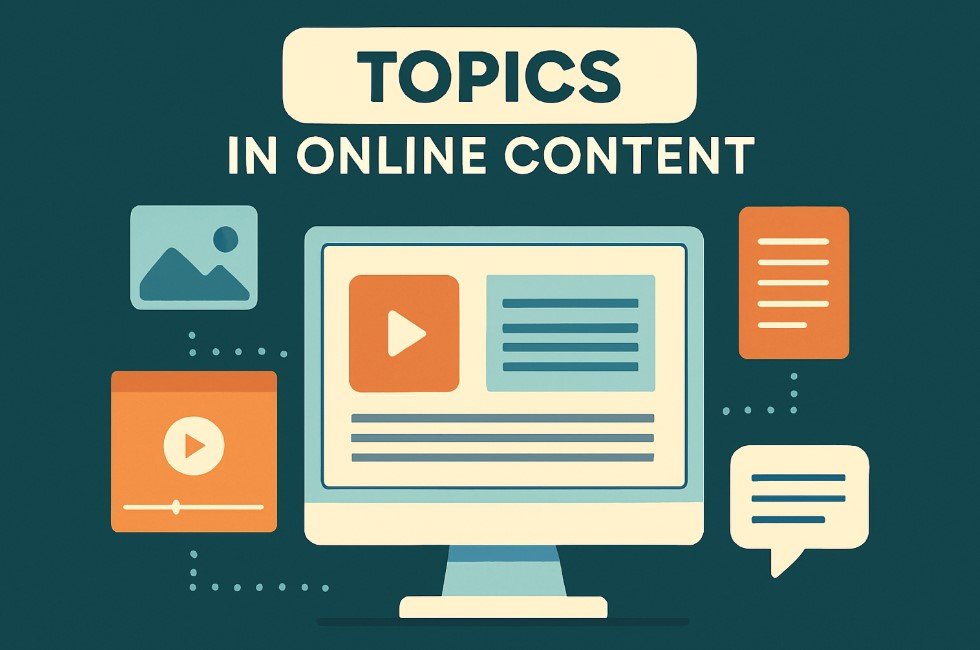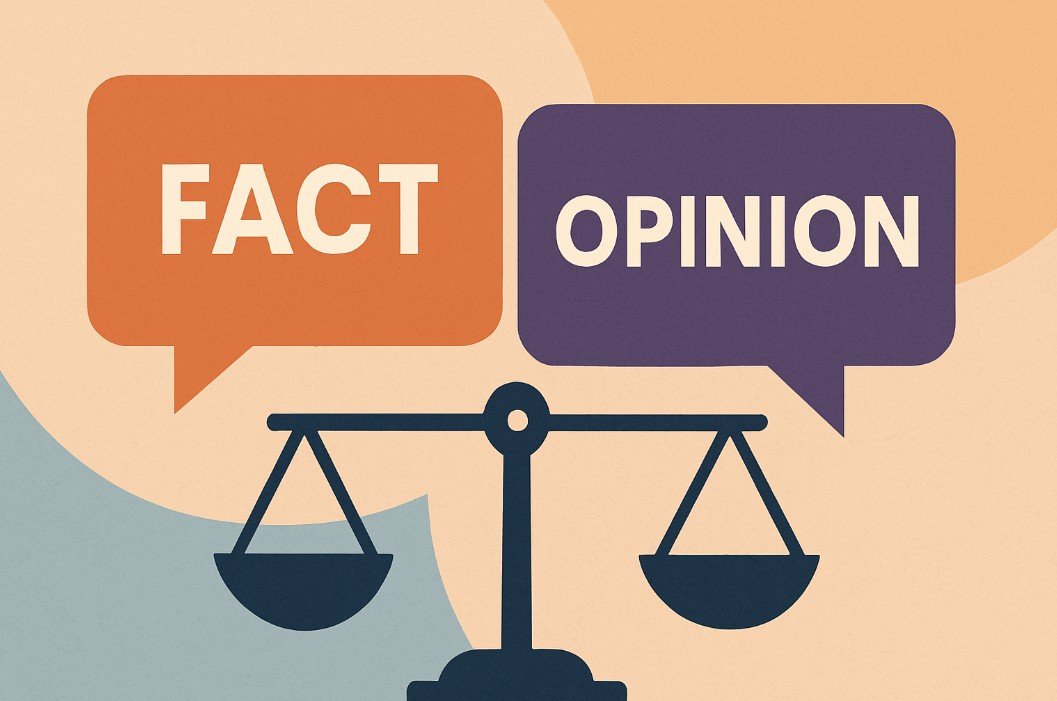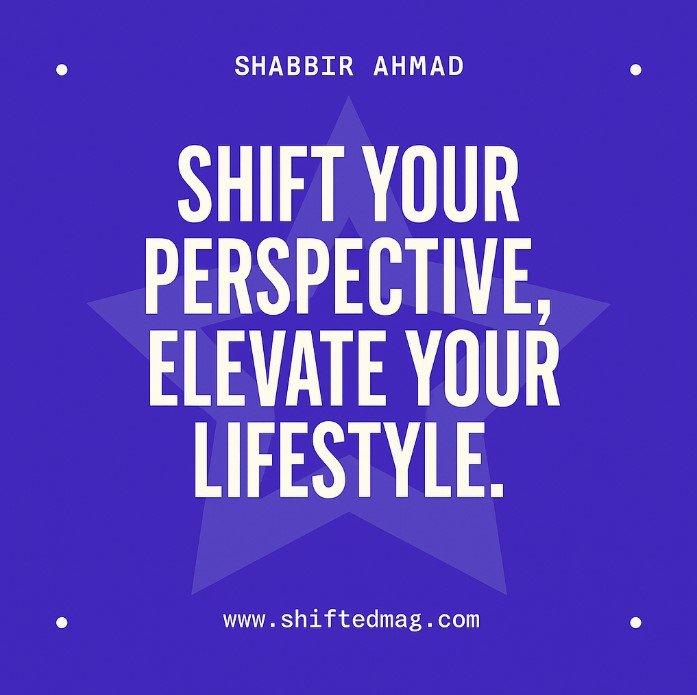Lifestyle
Your Topics, Multiple Stories: Where Opinions and Facts Meet

In today’s online world, everyone can share their thoughts. With news websites, social media, and blogs, it’s easy for people to express their opinions. But with so many voices, it can be difficult to tell what is true and what is just someone’s opinion. This article will explain how to tell the difference between facts and opinions, why both are useful, and how online platforms can allow different views to be shared. The main goal is to help readers understand why it’s important to listen to others, share ideas, and learn from different kinds of content.
The Role of Topics in Online Content
Every blog, article, or post starts with a topic. Topics can be anything—news, health, education, entertainment, or personal experiences. The choice of topic decides what the audience will read. If a topic is clear and focused, it helps readers find the information they need.
Today, topics are not limited to traditional media. Anyone with a blog, YouTube channel, or social media account can talk about something important to them. This has led to a wide variety of content. People now search for “your topics” that match their interests. It could be a political opinion, a health tip, or a review of a product. As a result, content has become more personal and diverse.

Why Multiple Stories Matter
When more people are allowed to talk, we get more stories. These stories may cover the same topic but from different points of view. For example, a news event can be reported by different outlets. Each might include facts, but their tone, focus, and choice of words may differ. This is because every writer or speaker brings their background and experience.
This variety is what we mean when we say “multiple stories.” It is not just about different events, but also different ways of looking at the same event. One person might focus on the impact of a new policy, while another focuses on how it was made. Both are valuable. Together, they give a full picture.
Multiple stories help readers understand that no topic is one-sided. It teaches us to consider other views. It also builds a space where facts and opinions can meet. Facts tell us what happened. Opinions tell us how people feel about it.

How to Spot the Difference Between Fact and Opinion
Many readers struggle to tell the difference between facts and opinions. In online content, the line can be thin. Here are some tips to help spot the difference:
- Facts are based on evidence. They can be proven true or false. Example: “The Earth orbits the sun.”
- Opinions are personal thoughts or beliefs. They cannot be proven. Example: “The Earth is the most beautiful planet.”
Good articles often use both. They may start with facts, then give opinions on what the facts mean. This structure helps readers understand the topic and also see how others think about it.
Why Facts and Opinions Both Matter
It is not useful to say that only facts are important. Opinions have value, too. They help explain why something matters to someone. They also create room for debate. If we only read facts, we would not understand the human side of a story.
At the same time, facts are the base. Without facts, opinions can be misleading. That is why it is important to check sources, look at data, and compare what different people are saying.
When exploring blogs and online platforms, one theme often stands out: your topics | multiple stories. This means that people want content tailored to their interests, while also appreciating different viewpoints. A single topic can lead to many angles, each with its own story, opinion, or experience. Readers are no longer looking for just headlines — they want detailed takes, expert opinions, and user-generated insights that give them a full picture of what matters most.

How Blogs Can Provide Balance
Many blogs now focus on offering both factual and opinion-based content. This helps build trust with readers. A good blog article might follow this pattern:
- Start with a clear topic
- Provide background and facts
- Add different opinions from multiple voices
- Close with a summary and possible next steps
This format allows readers to get a complete view. They are informed and encouraged to think for themselves.
Some blogs even invite readers to submit their own stories. This adds even more diversity. A platform that includes multiple writers from different cultures, regions, or professions can offer unique insights. This makes content stronger and more useful for readers from all walks of life.
The Risks of One-Sided Content
When a blog only shows one side of a story, it becomes biased. This can lead to a poor understanding of the topic. Readers might believe things that are not true or miss out on important views.
For example, a blog about education reform that only includes opinions from teachers misses the views of students, parents, and policymakers. Including more stories would give a better picture.
One-sided content can also increase anger or confusion. People might feel their views are ignored. They may stop reading, or worse, only look for sources that agree with them. This creates echo chambers, where people only hear what they already believe.
To avoid this, writers must include multiple sources. They should show respect for other views and use facts to support their points.
Encouraging Responsible Reading and Writing
Readers also have a role to play. They should not accept everything they read as truth. It is important to ask questions like:
- Who wrote this?
- What are their sources?
- Is this fact or opinion?
- Are other views included?
Writers, on the other hand, should label opinions clearly. They should also link to sources when possible. This helps readers verify the information and explore more.
In this way, both readers and writers support responsible content. It builds trust and encourages learning.

How Social Media Plays a Role
Social media platforms like Twitter, Facebook, and YouTube have become major places for sharing content. They are fast and reach a large number of people. But they also come with risks. Misinformation can spread quickly. People may post strong opinions without checking the facts.
Still, social media can also be a place for positive conversations. When used correctly, it can connect people with different views. A good post might include a headline, a short opinion, and a link to a longer article with facts. This encourages deeper reading and better understanding.
To make this happen, users must share wisely. They should not repost content without checking it. They should also welcome different views and avoid attacks or insults.
Creating a Healthy Online Environment
A healthy online environment is one where people can share their views, respect others, and learn from new information. It starts with how we talk and what we post. If we focus on your topics and welcome multiple stories, we create a space where everyone feels heard.
This approach helps solve big problems, too. In areas like climate change, health, or social justice, there are many views. We need facts to understand the situation. However, we also need opinions to know how people feel and what they need. A balanced platform can help people take action based on real knowledge.
Conclusion
In the world of blogs and online writing, balance is key. We live in a time where information is everywhere. But not all content is equal. Some posts focus only on opinions. Others share facts without context. The best content includes both. It starts with a clear topic, provides real facts, and then adds opinions that help readers think deeper.
“Your Topics, Multiple Stories: Where Opinions and Facts Meet” is not just a title. It is a goal. It reminds us to keep our content open, diverse, and honest. Whether you are a writer, a reader, or both, you can help build this kind of space.
Read widely. Question what you see. Respect other views. And always look for the full picture. That’s how we move forward—together.














